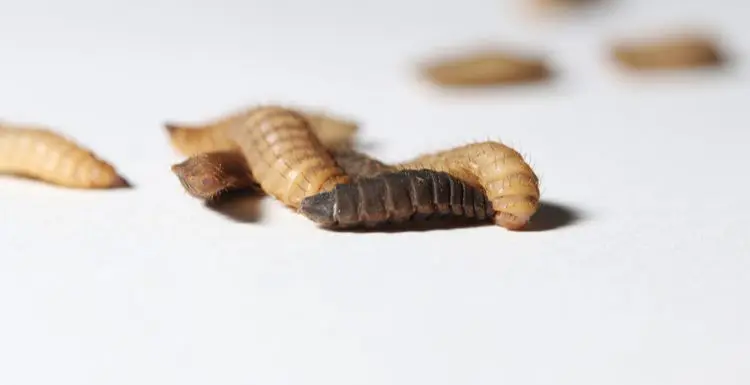Have you noticed little black worms around your home? Specifically around your sinks and other drains? If so, you’re not alone.
Having insects of any sort inside your home can make you feel nervous or like your home is dirty, even if it’s not.
It’s going to take a little more than pouring drain cleaner or bug repellent down your drain to tackle these pesky worms. You have two options. You can hire a professional or tackle these worms yourself.
If you’re ready to get rid of these worms on your own, we’re here to help. We’ll walk you through how to get rid of little black worms and ensure they no longer make your house their home.
You’ll need to find the source of the worms, eliminate the worms and their breeding grounds, and then, if possible, cover any drains.
What Are Little Black Drain Worms?
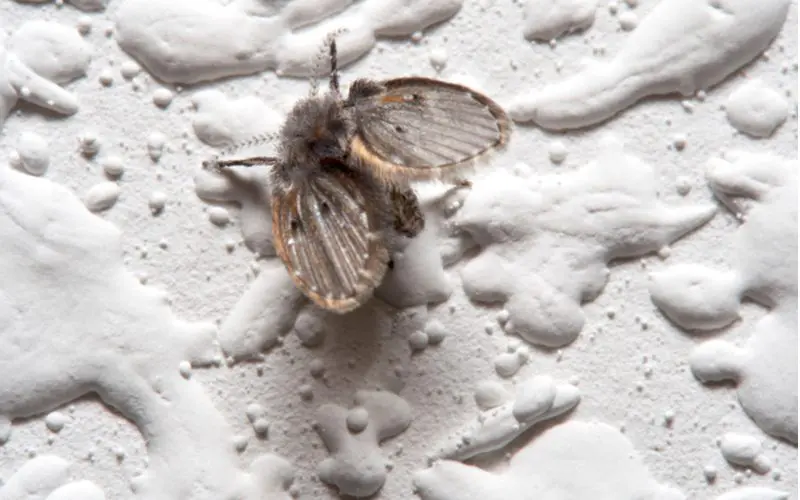
Macronatura.es/Shutterstock
The little black worms you see near your drains aren’t technically worms. They’re larvae from drain flies, moths, or other flies. A single drain fly can lay anywhere from 50 to 100 eggs at a time, resulting in these pesky, tiny worms.
If you’re not careful, this can quickly spin out of control. More often than not, you’ll see these larvae near sink drains, showers, toilets, or storm drains. They love stagnant water and moisture-rich areas.
If you’re not 100% sure your home has drain flies, the duct tape method is the easiest and cheapest way to find out.
You’ll set duct tape over your drains and then leave it overnight. In the morning, you can check the tape to see if there are any flies or worms stuck to it.
Are They Dangerous?
The good news is that if you have black worms, they’re not dangerous to you or your pets.
There’s no solid evidence that they cause any diseases in humans or animals, but you should still get rid of them sooner rather than later.
How to Get Rid of Little Black Worms
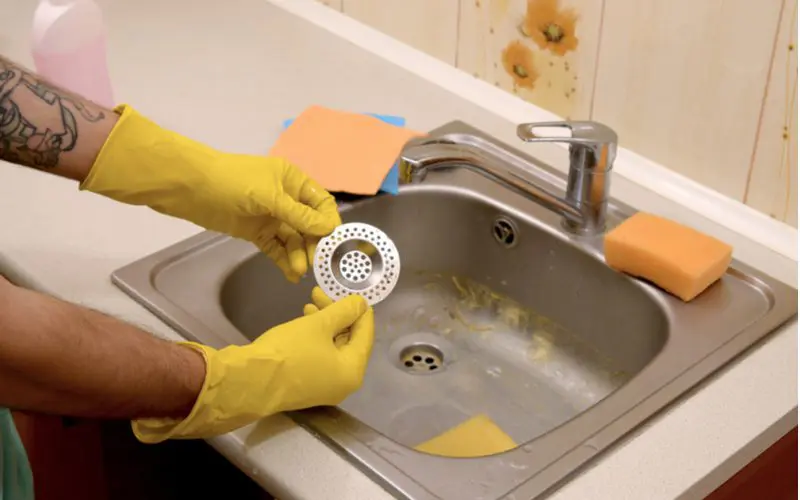
Mehaniq/Shutterstock
If you’re ready to get rid of those worms for good, here’s how to do it in five easy steps.
1. Check Your Drains for Clogs
Before you begin to kill the worms, you’ll need to check to see if the drain they’re near is clogged. The drain fly larvae love to feed on hair and other particles that clog drains.
A plunger is a great tool to unclog it if it’s just hair or other organic matter clogging the drain. Sometimes clogged drains need a little more work to clear. A professional can assist you, or you can find some organic methods to unclog your drain.
You’re probably thinking about popping into the store to buy a drain cleaner, but you may want to consider other options first.
Chemical drain cleaners have harsh chemicals that, when mixed with warm water, may cause damage to your plumbing.
2. Kill the Worms
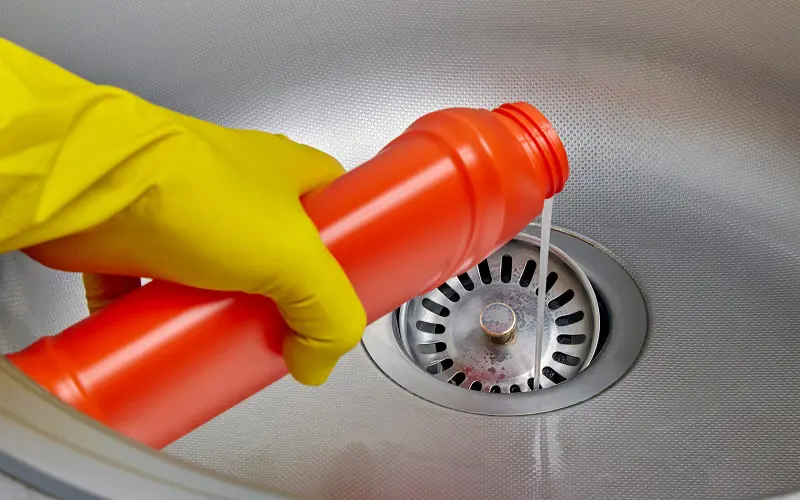
onebit/Shutterstock
When your drain is clogged, you probably think a drain cleaner will help kill the worms. In all honesty, it likely will.
Unfortunately, chemical drain cleaners aren’t great for your plumbing. To kill the black worms and keep your plumbing safe, try any of these methods.
If you have a septic tank, you’ll want to speak to a professional before pouring any chemicals. You don’t want to harm any of the good bacteria in your septic system.
Use Hot Water and Vinegar
Most people have white vinegar lying around the house. If you do, this is an excellent tool for killing any worms.
You’ll need to pour very hot water down your drain and then one cup of vinegar. This should kill any larvae living in the drain.
Use Baking Soda and Vinegar
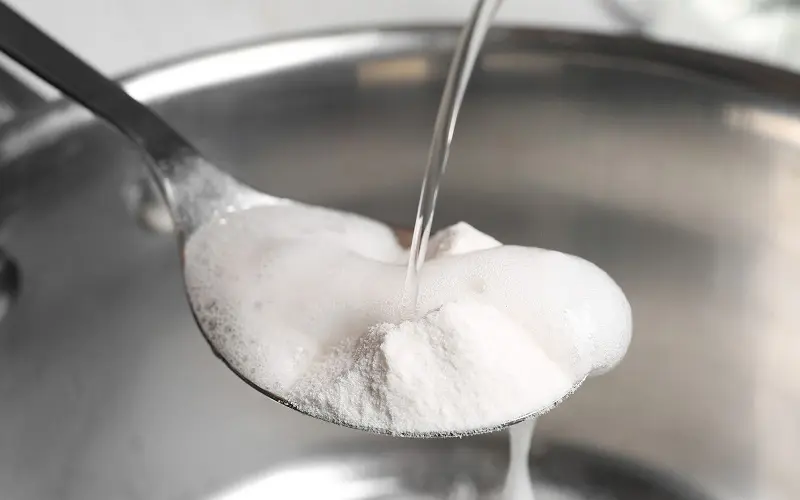
New Africa/Shutterstock
Another method is to use baking soda and vinegar. You’ll repeat the same process as before, except this time, you’ll mix baking soda and vinegar before pouring it down the drain.
DIY Insecticide
Did you know dish soap and bleach are effective ways to eliminate larvae? You will mix equal parts bleach and dish soap, and then pour it down your drain.
Use Diatomaceous Earth (DE)
If you prefer to use something specifically designed to kill insects, try Diatomaceous Earth (DE). DE is a natural and non-toxic powder that helps kill almost all types of insects, including drain fly larvae.
You’ll want to leave this in your drain for about three hours to maximize the benefits. After a few hours, pour hot water down the drain.
3. Kill the Drain Flies
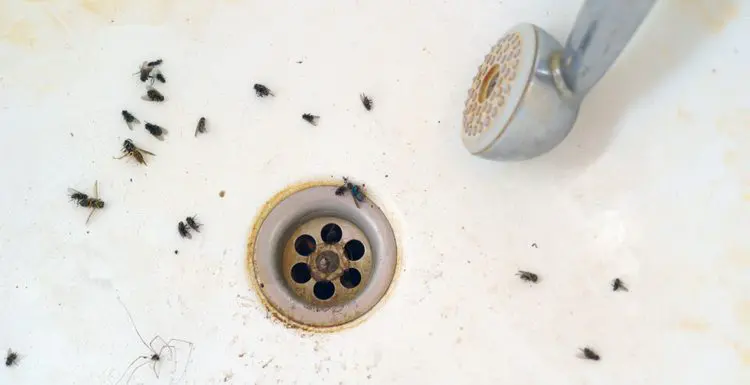
Victoras/Shutterstock
Now that you’ve got your worm problem under control, you’ll need to kill the drain flies. Drain flies are the root of your worm problem.
If they continue to fly around your home, they’ll continue to lay eggs, resulting in more larvae. Using an aerosol spray to eliminate these flies is one of the easiest ways to do so.
If you use this method, be sure to read the directions closely. This way, you’re not putting yourself or anyone else you live with in a dangerous situation. Keeping the room well-ventilated is going to ensure the chemicals don’t cause any adverse reactions.
4. Eliminate Their Breeding Areas
Once you’ve killed the worms and flies, you’ll need to clean their breeding grounds. As mentioned before, these flies and larvae love stagnant water and moist areas. If you have any stagnant water in your home or around your sewer system, you’ll need to clear it.
Cleaning out your drains is next. You can use any cleaning detergent and warm water. Some people choose only to clean the drain where the bug problem was, but cleaning all your drains is an excellent precautionary measure.
If you notice any plumbing issues, such as leaks or cracks in the pipes, you or a professional will need to repair them. They’re an ideal breeding ground for these tiny worms.
5. Cover Any Unused Drains
This step isn’t always necessary, but you may want to consider it.
If you have some drains you rarely use, say in a guest bathroom, covering them when you’re not using them can help prevent flies from entering and laying eggs. You can use a drain stopper or a rubber cover.
How to Prevent Little Black Worms
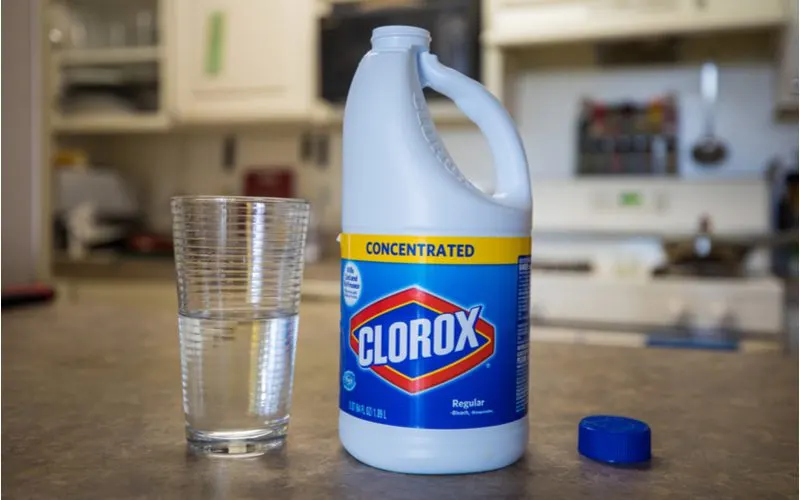
Nicole Glass Photography/Shutterstock
Once you’ve solved your black worm problem, you don’t want to have to deal with it again. There are prevention methods that you can take to keep these pesky little worms out of your home, hopefully.
As we know, these worms and drain flies love moisture-rich areas of your home. When you’re cleaning your drains, using a bleach-based cleaner can help reduce the moisture and attractiveness of these areas for flies and worms.
Drains are going to have moisture naturally. The best thing you can do is keep them clean and then seal off any cracks that can lead the flies into your home and toward your drains.
Things to Consider
There’s nothing wrong with DIYing this project. If you’re planning to rid your home of these tiny black worms yourself, there are a few things you’ll want to keep in mind:
- Only use aerosol sprays in a well-ventilated room
- Consider natural drain cleaners before chemical ones
- If you have a septic tank, consult a professional before adding drain cleaner
- Properly cleaning your drains and sealing entry points is key
So, How Do You Get Rid of Little Black Worms?
So there you have it—how to get rid of little black worms. Although they’re harmless, it could mean that you have a drain fly infestation. The best thing you can do is get rid of them as quickly as possible.
Whether you try to handle the situation yourself or consult a professional, eliminating the worms, flies, and breeding grounds and preventing reinfestation will be crucial.

